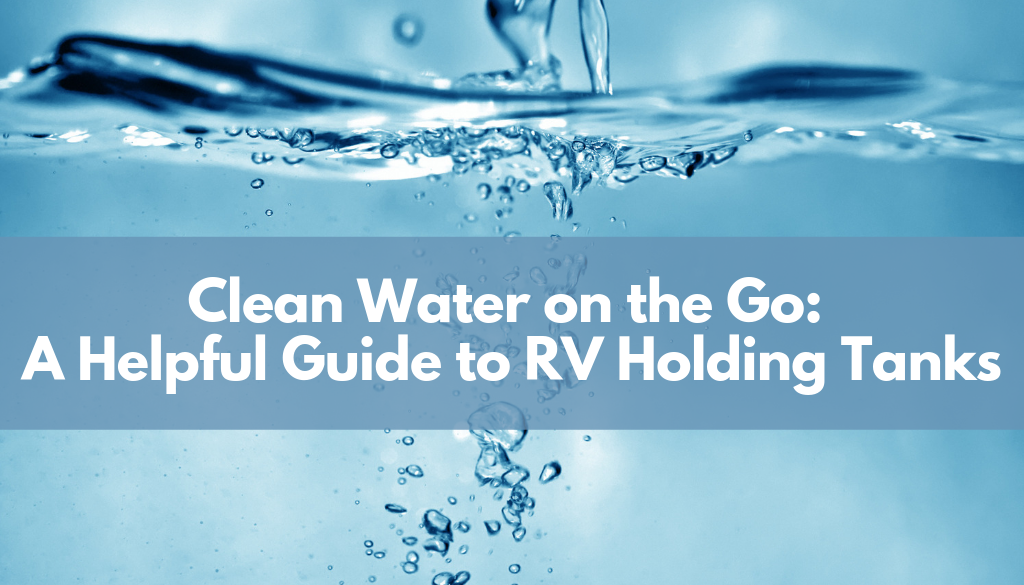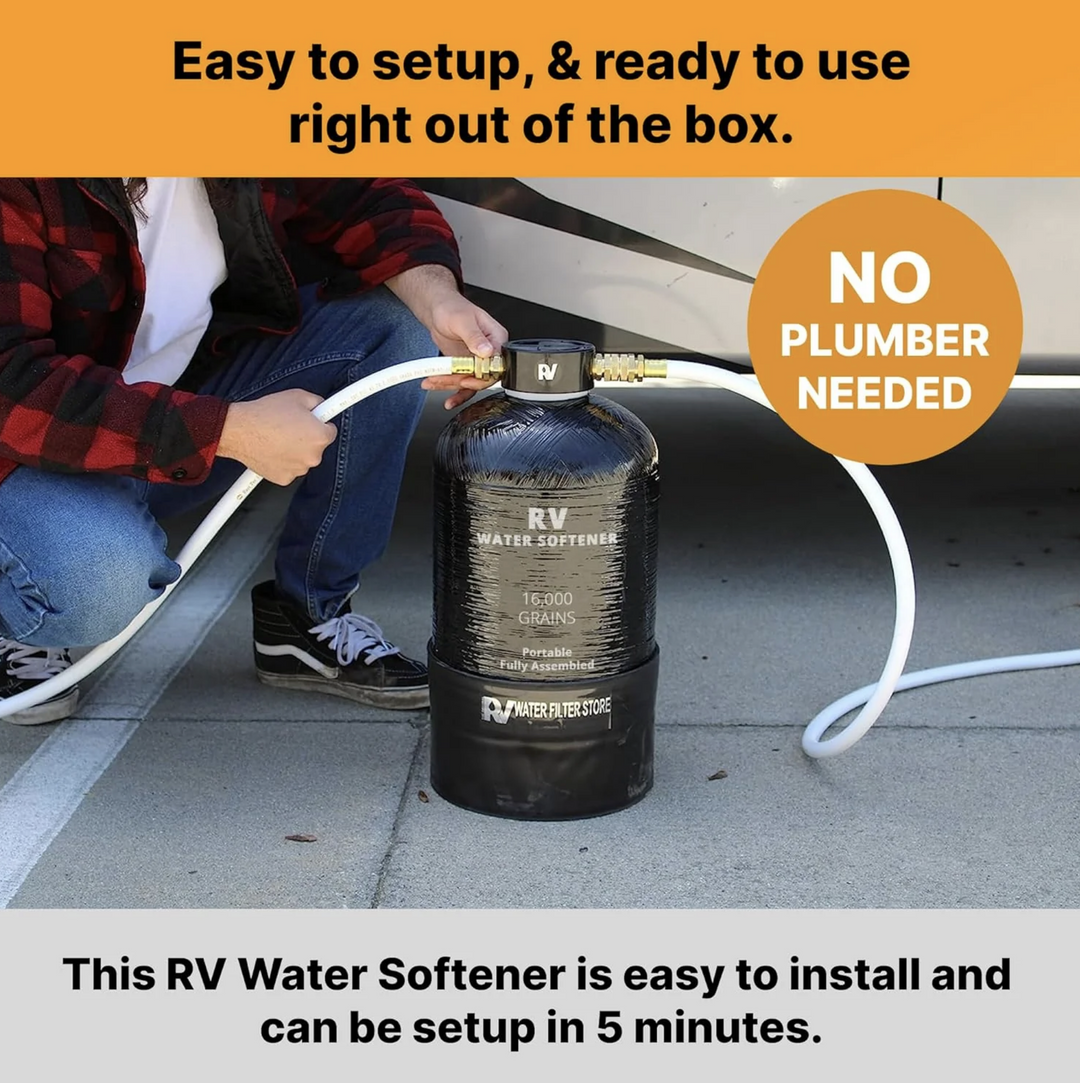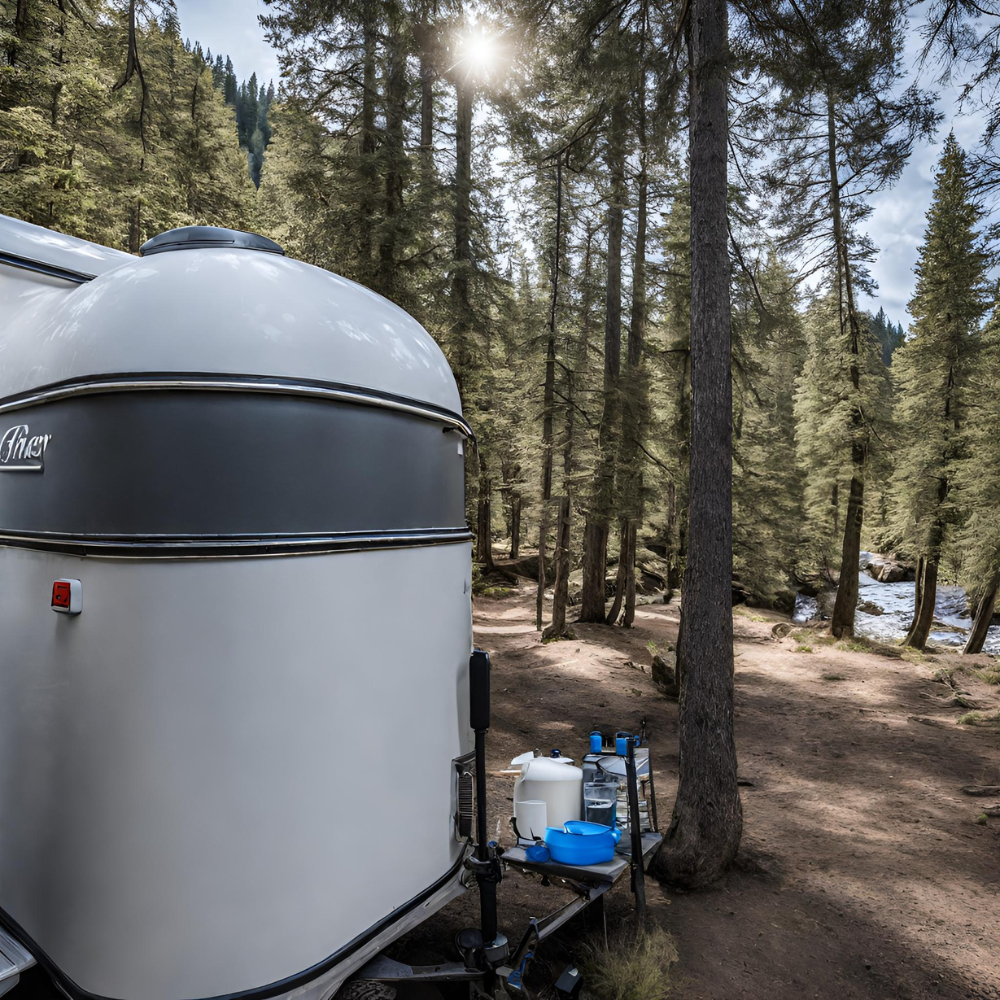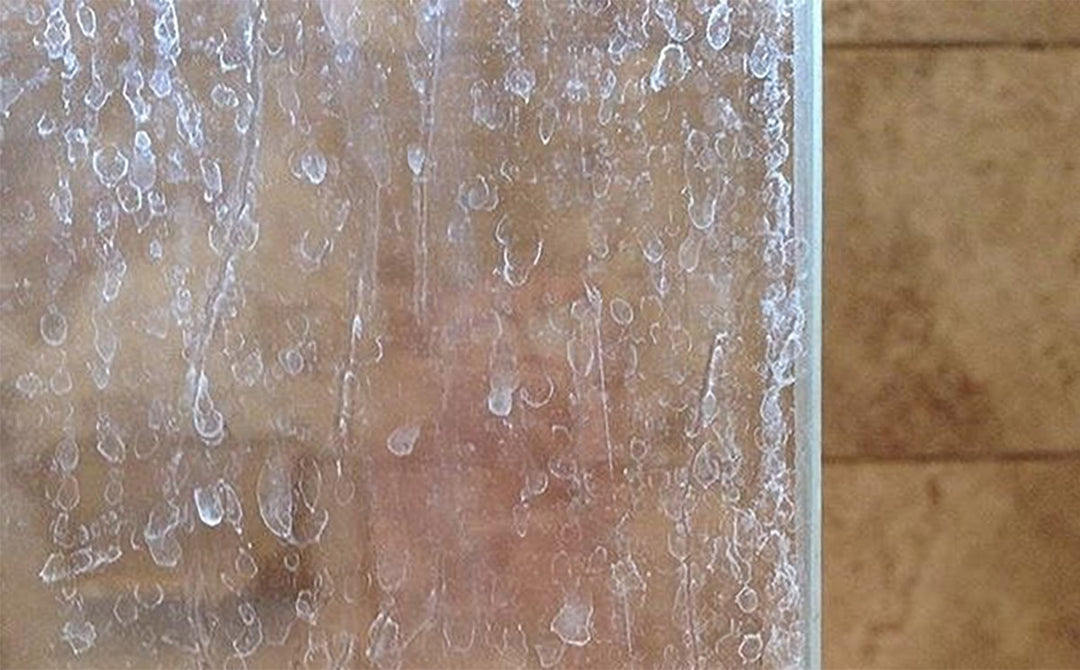Whether you’re going on a weekend trip or a cross-country vacation, it’s important that you have access to the water you need to survive. It’s for this reason that water holding tanks are a key part of your RV. Especially in the summer months, it’s crucial that any RV owner knows how their holding tanks operate and function so that they can make sure everything is working properly. Start your research with our guide to RV holding tanks to familiarize yourself with the system.
What Makes Them Important
When you went to purchase your RV, chances are the seller mentioned how to check the water levels, where the drain valves are located, or how to access the waste tank. Knowing these things is crucial to being able to utilize your RV’s capabilities to their fullest and ensure that you’re properly taking care of it.
Because water is so important to our daily lives, we need to be sure that we have access to it wherever we are. It’s for this reason that the fresh water tanks of larger motorhomes generally have a capacity of 100 gallons or more to ensure you always have what you need. Typically, a standard RV will have more than one holding tank to accommodate the various possible uses. For instance, the water that’s used to flush the toilet needs to stay separate from the water that you drink.
Types of Water Holding Tanks
Since there are multiple types of water we can use regularly, it’s important that each type has a specific RV water filtration system to process and dispense it accordingly. It’s also imperative RV owner’s know how to properly empty, clean, and refill the tanks once they run out of usable water.
Fresh Water
This is the most important system as it deals with the water you drink and cook with. Because you’ll be drinking this water, it’s crucial that you only use a potable hose to fill the tank. Use the cleanest water possible; the tank itself is a white color so you can easily identify the cleanliness level. If the water smells strange to you, or appears contaminated, be sure to sanitize it with bleach or Purogene and rinse it well. If you use bleach you may have to rinse it out several times until you no longer smell the chemical.
Gray Water
Gray water refers to the water we use to perform everyday tasks such as washing the dishes or showering. Some RVs have two gray water tanks, (one for the galley and one for the bath) as this is the kind of water you’ll find yourself using more while on your trip. It’s crucial that you remember to dispose of the used gray water regularly as it could result in a clogged system. Fortunately, this water is easy to get rid of as you can dump it out in some vegetation or, if you’re connected to a sewer line, let it drain as you use it.
Black Water
This tank is exclusively for toilet waste. It’s crucial that you handle it with care when going to dump it out. To avoid clogging it, try to only use single-ply toilet paper and flush regularly after filling the bowl with extra water. When you go to dispose of the used water, be sure to only do so at designated disposal sites and sanitize the tank thoroughly afterward.
Waste Water System
If you can’t locate a dumping area for your black water, portable waste tanks are perfect for transporting your waste without needing to drive up to the disposal site. Manufacturers make these tanks to be easily maneuverable as they can transport any type of water as long as you take special care to clean them each time they’re used.





